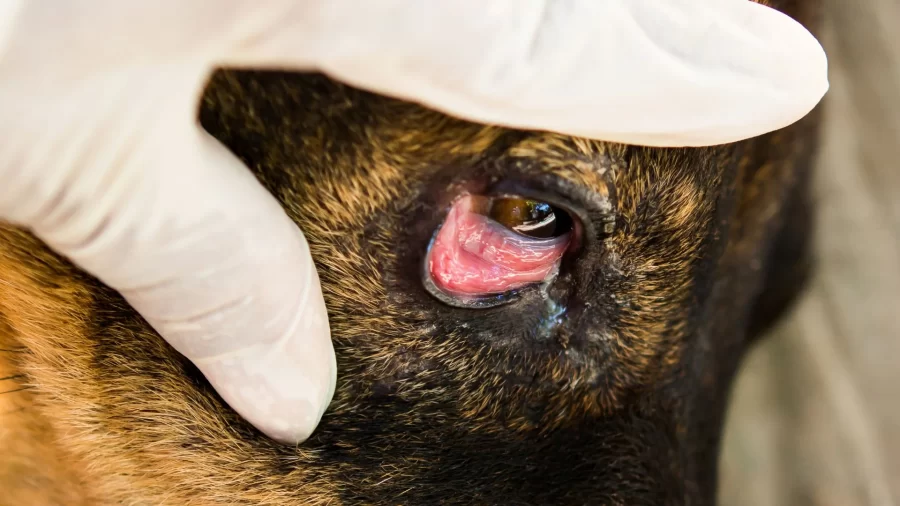When you greet your canine companion in the morning, you might notice something amiss – their usually bright eyes appear red and irritated. This could be a sign of conjunctivitis in dogs, commonly known as "pink eye" in dogs. While it may look concerning, understanding this condition is the first step in helping your furry friend feel better.
In this comprehensive guide, we'll explore the world of canine conjunctivitis, providing you with valuable insights and practical advice. From identifying symptoms to exploring treatment options, we'll cover everything you need to know to keep your dog's eyes healthy and bright.
Here's what you'll discover:
- The true nature of "pink eye" in dogs and why its appearance can be deceiving
- How to differentiate between a harmless wink and a potential eye problem
- The facts about conjunctivitis transmission between dogs and humans
- Effective home care strategies for managing your dog's eye health
- Intriguing facts about canine eye health that may surprise you
So, let's embark on this informative journey together. By the end of this article, you'll be well-equipped to handle any eye-related issues your canine companion may face. Your dog's comfort and well-being are our priority, so let's dive in and learn how to keep those puppy dog eyes shining bright.
How do you treat pink eye in dogs?
Pink eye in dogs can be treated through various methods:
- Clean the affected eye regularly with a warm, damp cloth.
- Apply a veterinarian-approved eye drop or ointment.
- Keep your dog from scratching or rubbing the affected eye.
- Ensure your dog wears an Elizabethan collar if necessary.
It's important to note that while some cases may resolve on their own, professional veterinary care is often necessary for proper treatment.
Signs and Symptoms of Conjunctivitis in Dogs: Spotting the Red Flags
Imagine your dog's eyes as windows to their health. When conjunctivitis strikes, these windows can become noticeably cloudy. Here's what to watch for:
- The Tell-tale Red: The most obvious sign is redness in the eye or surrounding area. Your dog's eyes might look more like a roadmap than their usual clear selves.
- The Blink Marathon: If your dog seems to be practicing for a blinking contest, it could be a sign of irritation.
- The Goop Fest: Watch for increased eye discharge. It might be clear and watery, or thick and colored (white, yellow, or green – a veritable rainbow of concern).
- The Puffy Look: Swelling around the eyes can make your pup look like they've had a rough night.
- Sticky eye lids: Eyelids sticking together? That's not just your dog giving you the cold shoulder.
- Unexplained tears: Excessive tearing can be a sign that something's amiss.
- Rubbing the eyes incessantly: If your dog is rubbing their eyes against furniture, the floor, or with their paws, they're likely feeling uncomfortable.
Remember, your dog's eyes are delicate instruments. At the first sign of any eye issues, don't play the waiting game. Reach out to your vet promptly. Conjunctivitis isn't a "wait and see" condition – it requires proper medical attention to prevent potential long-term damage to your furry friend's vision.
How Do I Treat Conjunctivitis in Dogs? The Process.
Treating conjunctivitis in dogs involves:
- Identifying the underlying cause (bacterial, viral, or allergic).
- Administering prescribed medications, such as antibiotic or anti-inflammatory eye drops.
- Keeping the eye area clean and free from discharge.
- Following your veterinarian's instructions for medication and care.
Will conjunctivitis go away by itself in dogs?
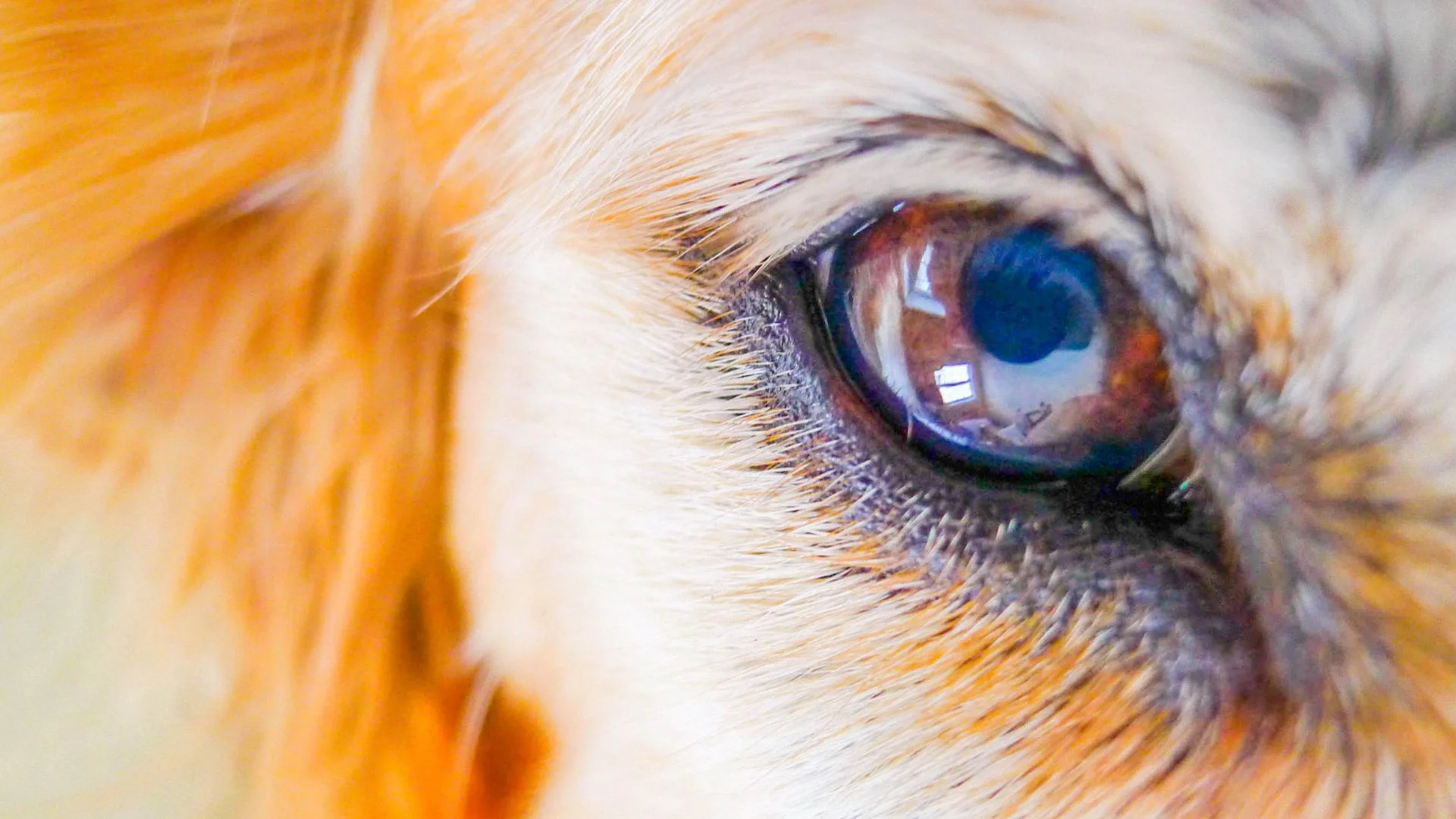
While the idea of your dog's pink eye magically disappearing overnight is appealing, the reality is a bit more complex. In some mild cases, particularly those caused by minor irritants or allergies, conjunctivitis may indeed resolve on its own. However, this doesn't mean you should simply wait it out.
It's crucial to monitor your dog's condition closely. Keep an eye out for:
- Changes in eye discharge (color, consistency, or amount)
- Increased redness or swelling
- Signs of discomfort (excessive blinking, pawing at the eye)
- Decreased appetite or energy levels
If symptoms persist for more than a day or two, or if they worsen at any point, it's time to seek veterinary care. Remember, your dog can't tell you how much discomfort they're in, so err on the side of caution.
Untreated conjunctivitis can lead to more serious eye problems, including:
- Corneal ulcers
- Chronic eye irritation
- Impaired vision
- Spread of infection to other parts of the eye
In essence, while some cases of canine conjunctivitis may self-resolve, it's always better to have a professional assessment. Your vigilance could save your furry friend from unnecessary discomfort and potential long-term eye issues. After all, when it comes to your dog's health, it's better to be safe than sorry!
Is Conjunctivitis in dogs contagious to humans?
Good news! You probably won't catch pink eye from your dog. Here's what you need to know:
- Dog-to-Dog: Some types of pink eye can spread from one dog to another. So if you have more than one dog, you might need to keep them apart for a while.
- Dog-to-Human: It's very rare for people to get pink eye from dogs. Our eyes are different from dog eyes, so the germs that cause pink eye in dogs usually don't affect us.
- Stay Clean: Even though it's unlikely you'll catch pink eye from your dog, it's still a good idea to be careful. Here's what you can do:
- Wash your hands after petting or helping your dog with their eye drops.
- Don't let your dog lick your face, especially near your eyes.
- Use a separate towel to clean your dog's face.
- Ask your vet: If you're worried about catching pink eye from your dog, talk to your vet. They can give you more advice on how to stay safe while helping your furry friend get better.
Remember, taking care of a dog with pink eye is usually safe. Just keep things clean, and you'll both be fine!
How can I treat my dog's eye infection without going to the vet?
It is always advisable to seek professional veterinary diagnosis before treating conjunctivitis in dogs at home. Self-diagnosis or using human medications can potentially exacerbate the condition or cause irreversible damage to your dog's delicate eyes. Therefore, it's crucial to consult with a qualified veterinarian before initiating any treatment regimen.
To treat pink eye in dogs, you first need to identify the underlying cause. As mentioned earlier, canine conjunctivitis can either be due to allergies, viral infections, or bacterial infections.
Here is how you can manage conjunctivitis at home for each of these causes;
Allergic conjunctivitis in dogs
- Put cool, wet cloths on your dog's eyes to help with swelling
- Your vet might give special eye drops to stop the itching
- Use fake tears to keep your dog's eyes wet
- Your dog might need medicine to stop allergies
- The vet could give medicine to help with pain
Viral canine Conjunctivitis
- Use cool, wet cloths to make your dog's eyes feel better
- The vet might give eye drops to help with swelling
- Use fake tears to keep your dog's eyes from getting dry
Bacterial Conjunctivitis
- Your vet will give antibiotic eye drops or ointment
- Put cool, wet cloths on your dog's eyes to help with swelling
- Use fake tears to keep your dog's eyes wet
- Sometimes, the vet might give extra eye drops to help with swelling
Remember, not all dogs with pink eye need the same treatment. Your vet will check your dog carefully and might do some tests to figure out the best way to help your furry friend.
The sooner you take your dog to the vet when you notice eye problems, the better. Quick action can stop the pink eye from getting worse and help your dog feel better faster. Your vet knows best how to keep your dog's eyes healthy and happy!
While it's always recommended to consult a veterinarian for eye infections, some home remedies can provide temporary relief:
- Gently clean the eye area with a saline solution.
- Apply a warm compress to reduce swelling.
- Use over-the-counter artificial tears to lubricate the eye.
- Keep the eye area dry and clean.
Remember, these remedies are not substitutes for professional veterinary care, especially if symptoms persist or worsen.
Interesting Facts About Pink Eye in Dogs
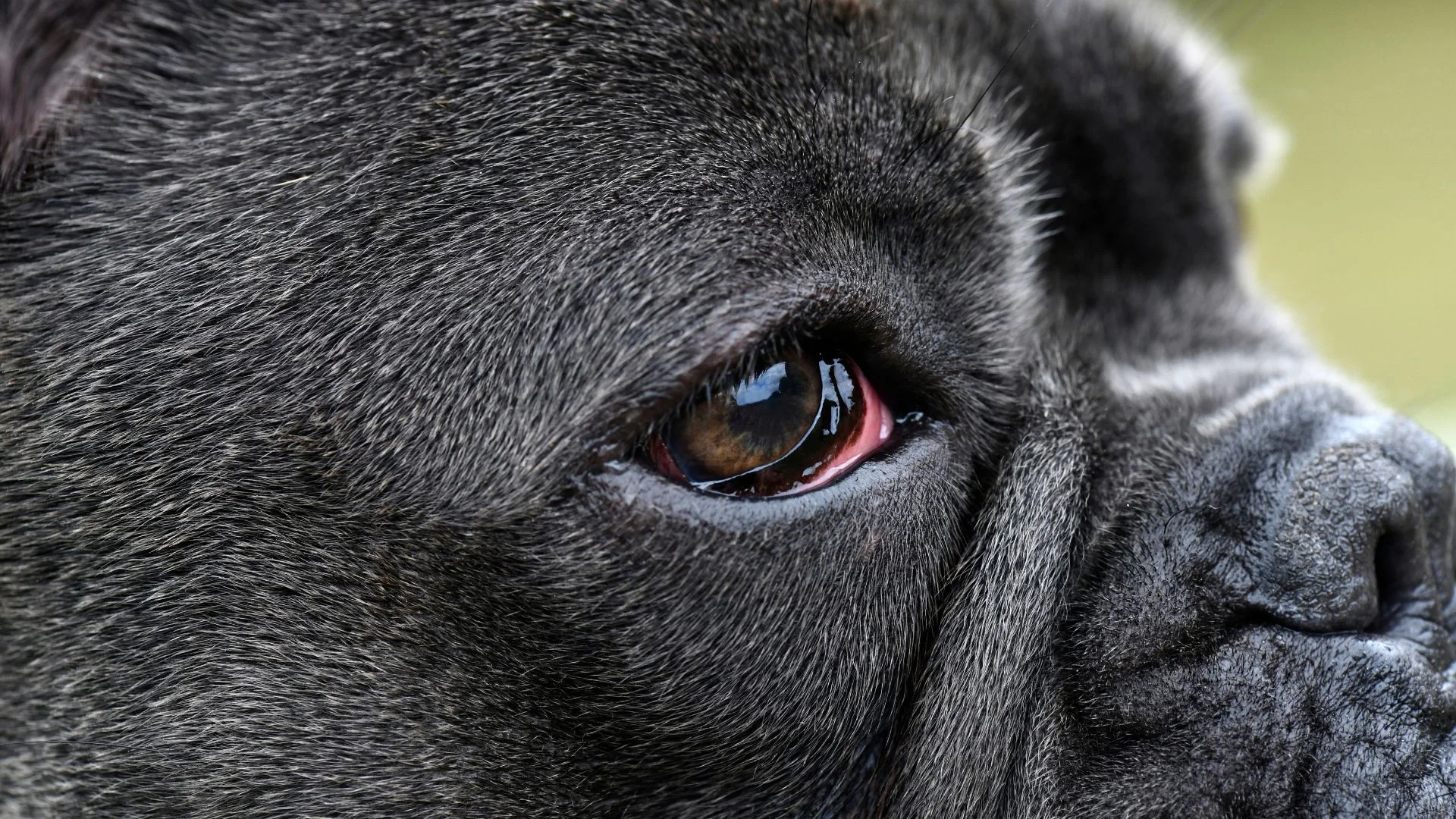
- Multiple causes: Pink eye in dogs can be caused by various factors, including allergies, foreign objects, tear duct issues, and even certain autoimmune diseases.
- Breed predisposition: Some dog breeds are more prone to conjunctivitis due to their facial structure. Breeds with prominent eyes like Pugs, Bulldogs, and Shih Tzus are at higher risk.
- Color change: The term "pink eye" can be misleading. In dogs, the affected eye may appear red, pink, or even yellowish depending on the underlying cause.
- Third eyelid involvement: Dogs have a third eyelid called the nictitating membrane. In some cases of conjunctivitis, this membrane becomes more visible and inflamed.
- Seasonal occurrence: Allergic conjunctivitis in dogs often follows a seasonal pattern, similar to hay fever in humans.
- Systemic symptoms: In severe cases, conjunctivitis can be accompanied by fever, lethargy, and loss of appetite, indicating a more serious underlying condition.
- Viral conjunctivitis rarity: Unlike in humans, viral conjunctivitis is relatively rare in dogs. Bacterial and allergic causes are more common.
- Differential diagnosis: Sometimes, symptoms similar to conjunctivitis can indicate more serious conditions like glaucoma or uveitis, emphasizing the importance of proper veterinary diagnosis.
- Nutritional impact: A diet rich in omega-3 fatty acids may help reduce inflammation and support eye health in dogs prone to conjunctivitis.
- Zoonotic potential: While most forms of canine conjunctivitis aren't transmissible to humans, some bacterial infections causing pink eye in dogs can potentially spread to humans, highlighting the importance of good hygiene.
Conclusion
While conjunctivitis in dogs can sometimes be managed at home, it's essential to monitor the condition closely and seek veterinary care when necessary. Proper diagnosis and treatment can prevent more serious eye problems and ensure your dog's comfort and health. Understanding the various aspects of this condition, from its causes to its potential complications, can help dog owners provide better care for their pets and make informed decisions about their treatment.
Revealed: Stunning Differences Between Red Nose And Blue Nose Pitbulls
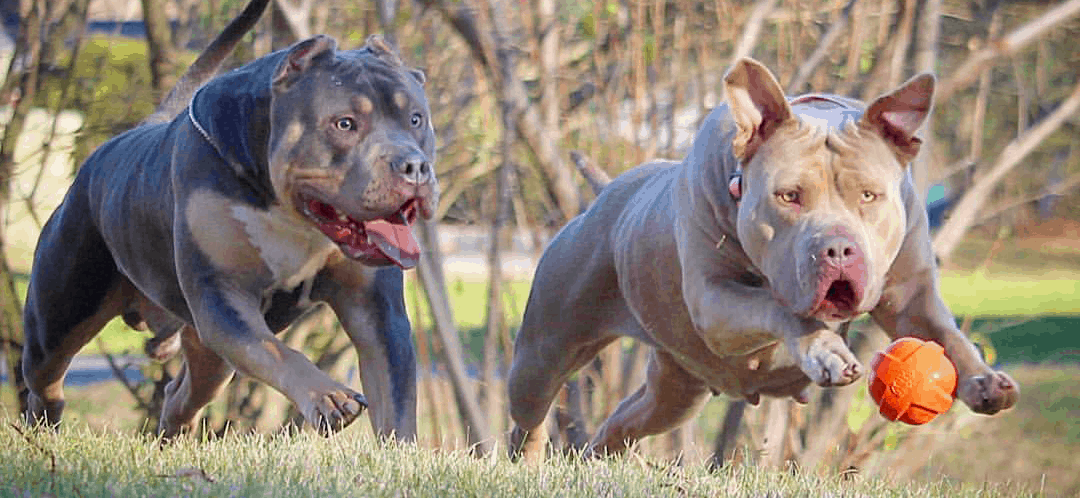
Latest
The Best Diet for Pitbull Puppies: What’s New in 2025?
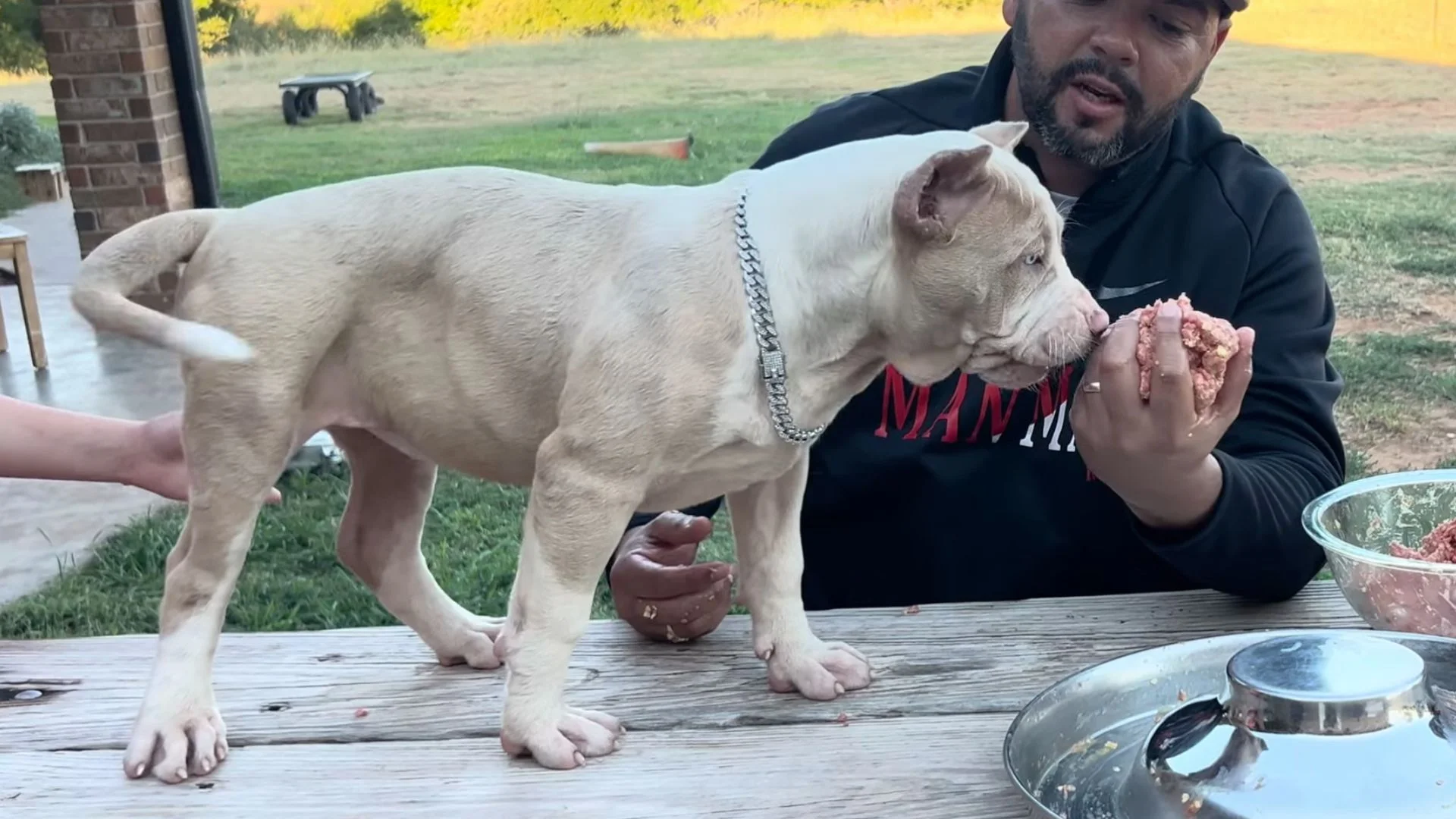
How to Vaccinate A Puppy at Home: A Complete Guide for First-Time Owners
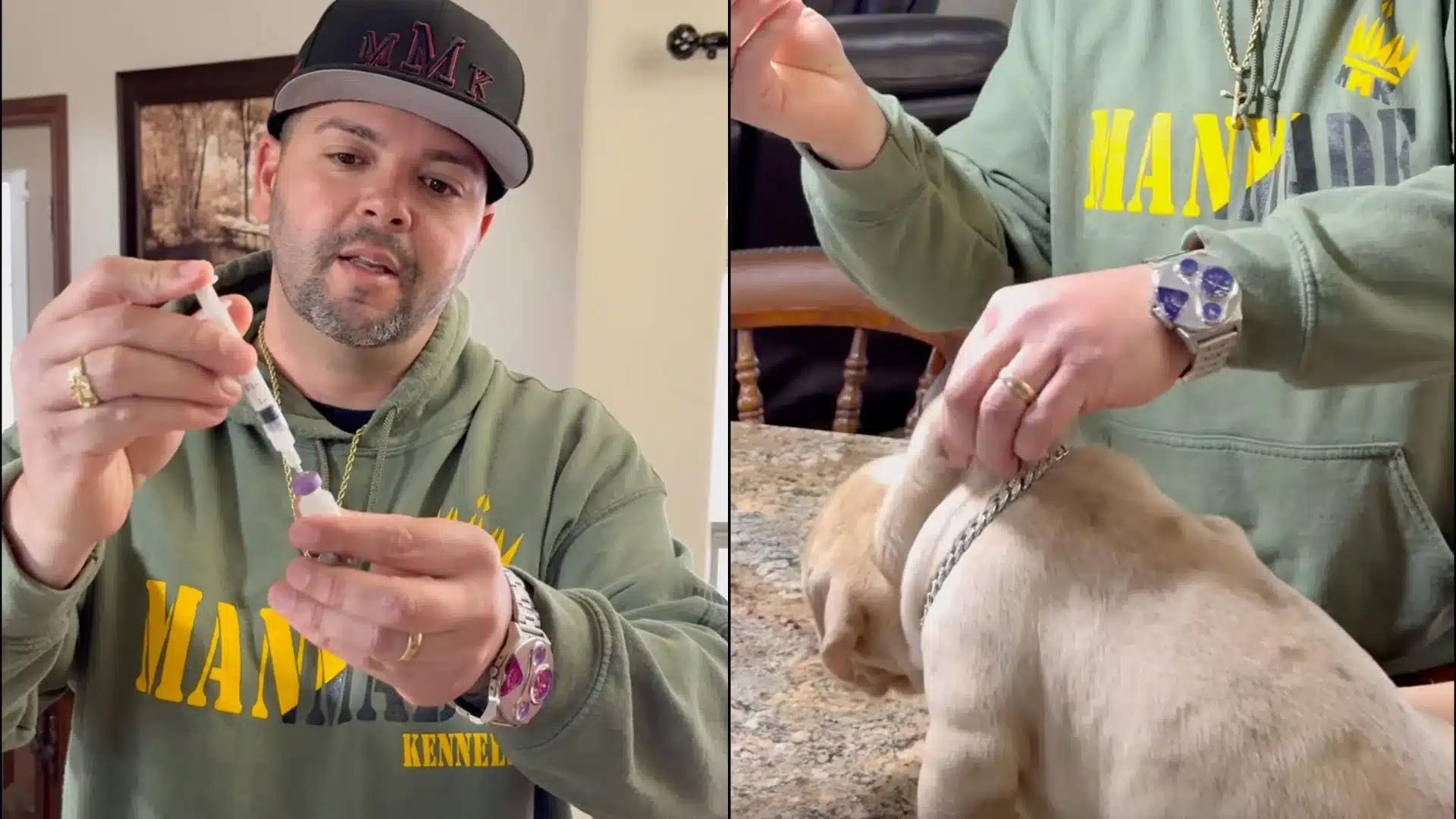
How Friendly Are American Bullies With Other Animals?
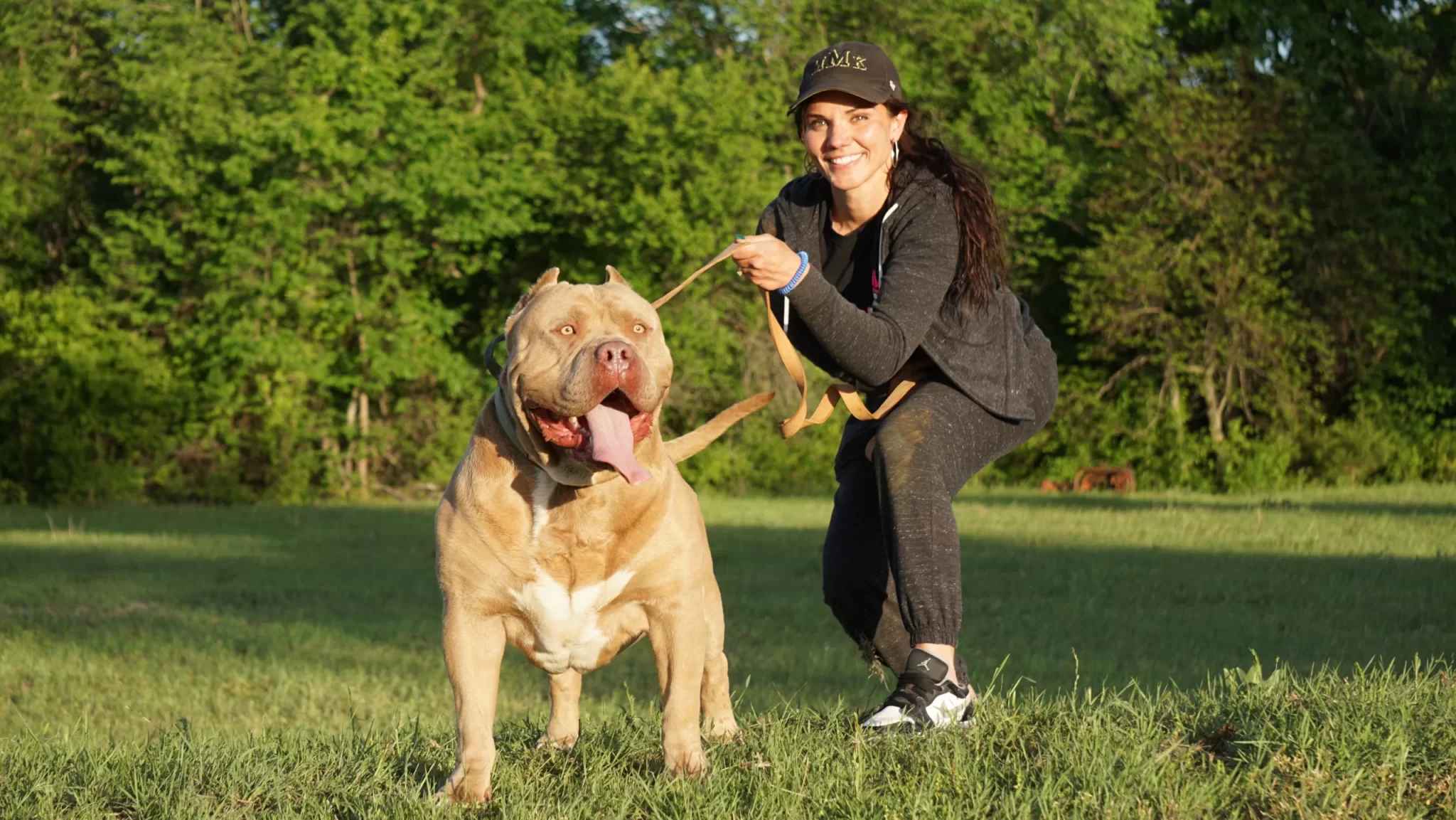
How to Choose the Best Stud Dog for XL Pitbull Breeding: A Complete Guide
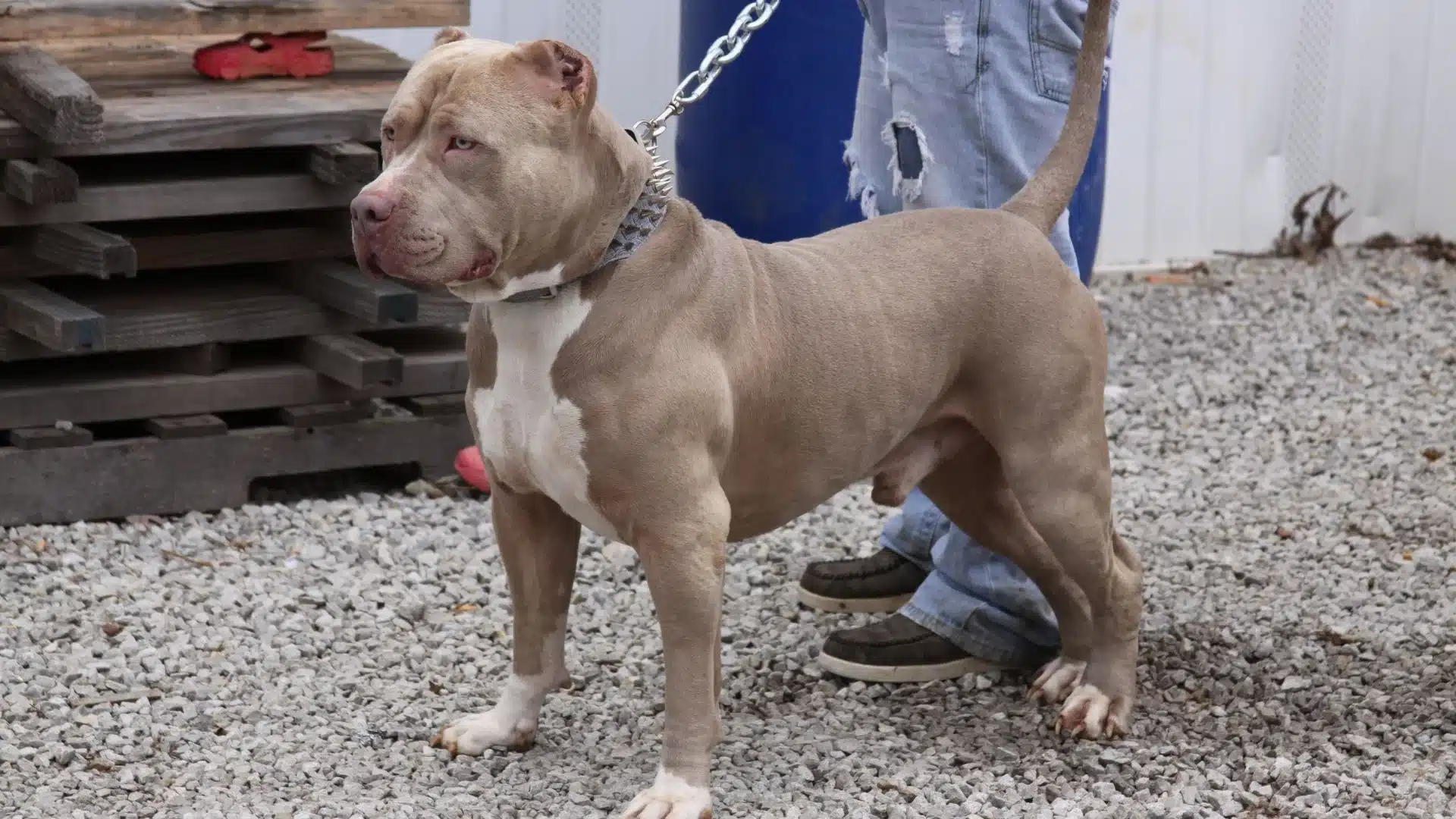
I am a highly skilled content writer and SEO expert with a passion for helping small businesses succeed in the digital world. With my extensive knowledge of the latest SEO techniques and strategies, I have successfully assisted numerous clients in improving their website rankings, generating more leads, and driving a significant increase in website traffic.
As a professional content writer and SEO expert, I am confident in my ability to contribute significantly to the success of small businesses. If you are seeking a results-driven, highly skilled digital marketer who can help you increase your ranking, convert new leads, and see a substantial improvement in website traffic, I would welcome the opportunity to collaborate with you.
Website: https://manmadewebsites.com/
Email: hello@digitalmarketingchap.com

